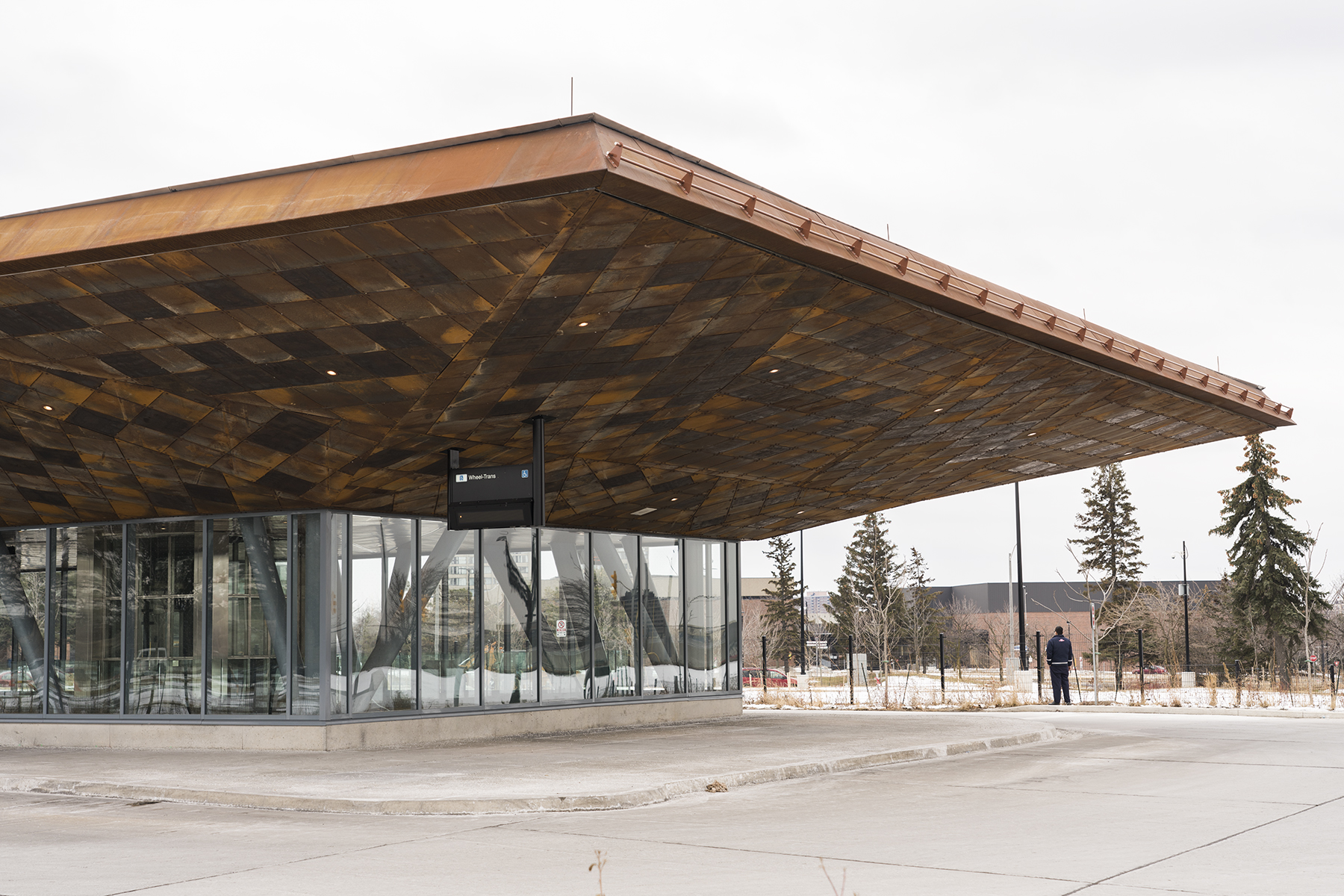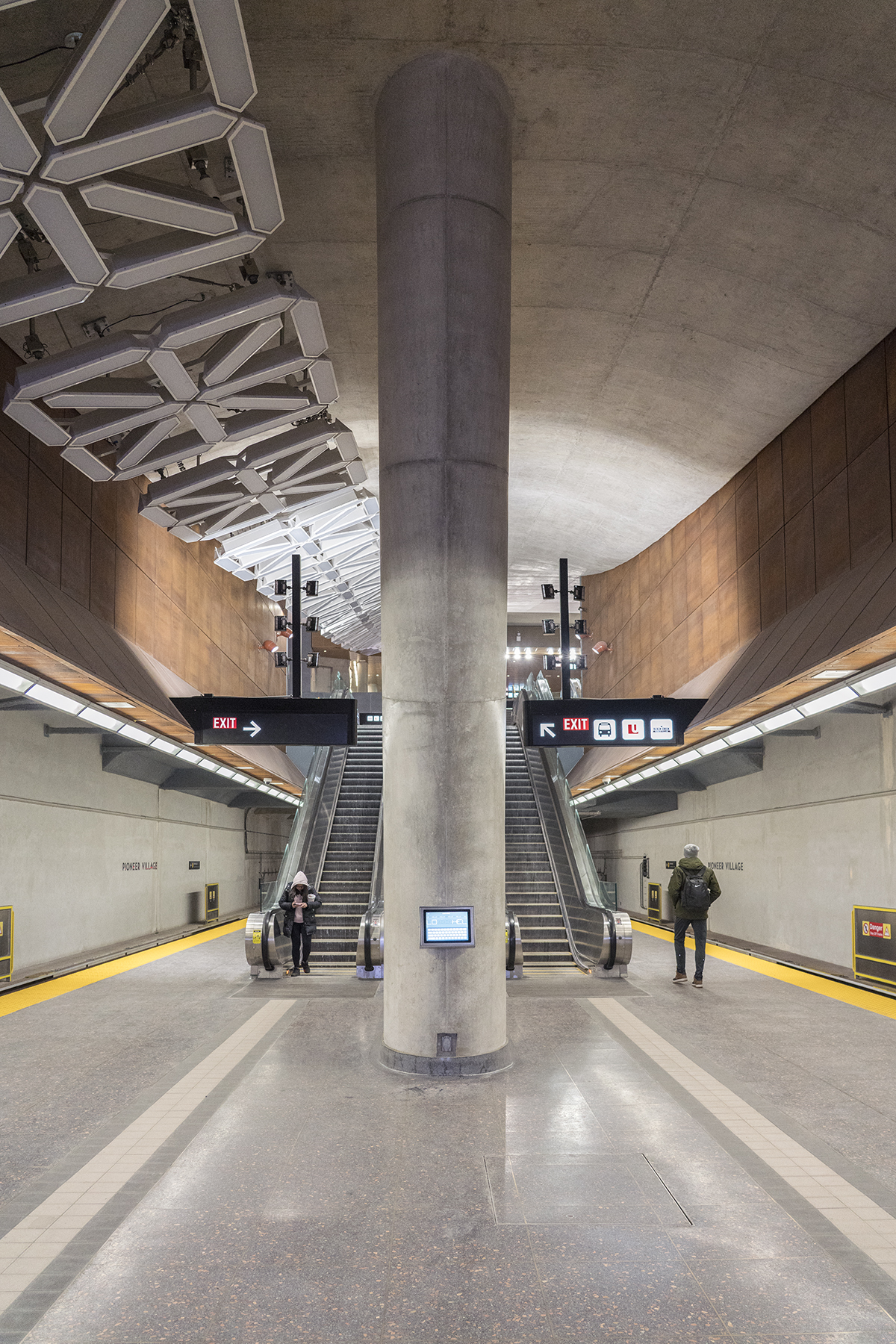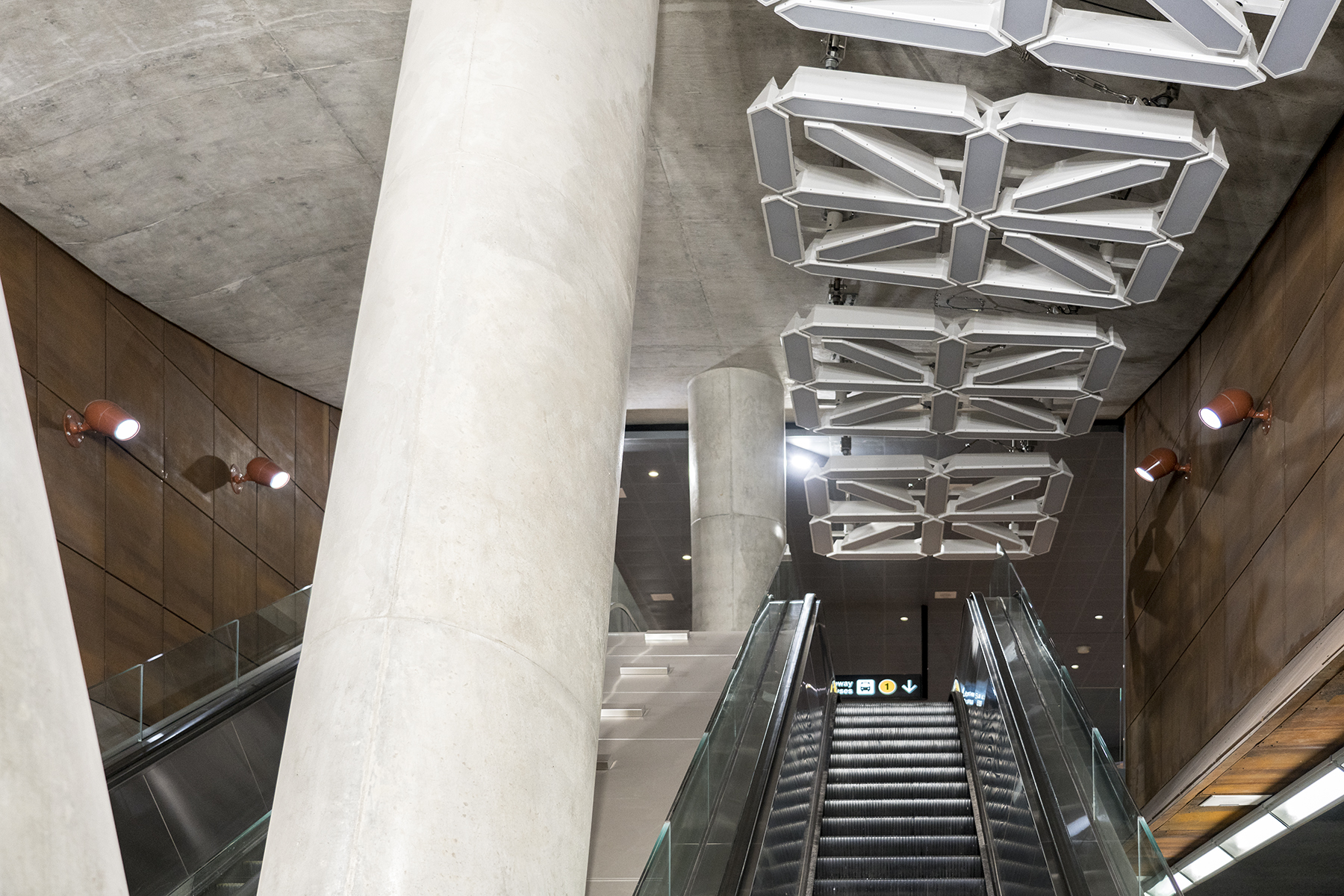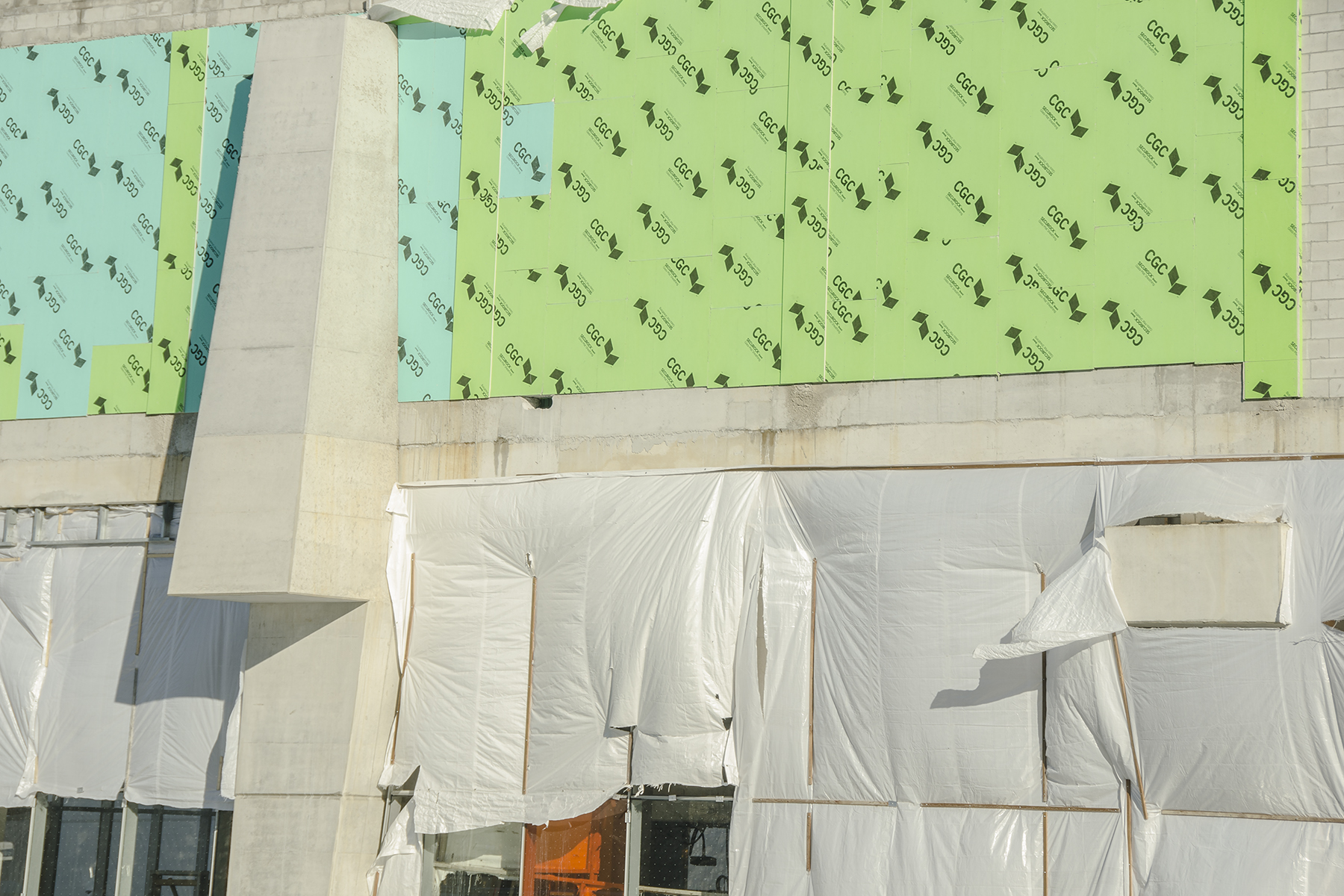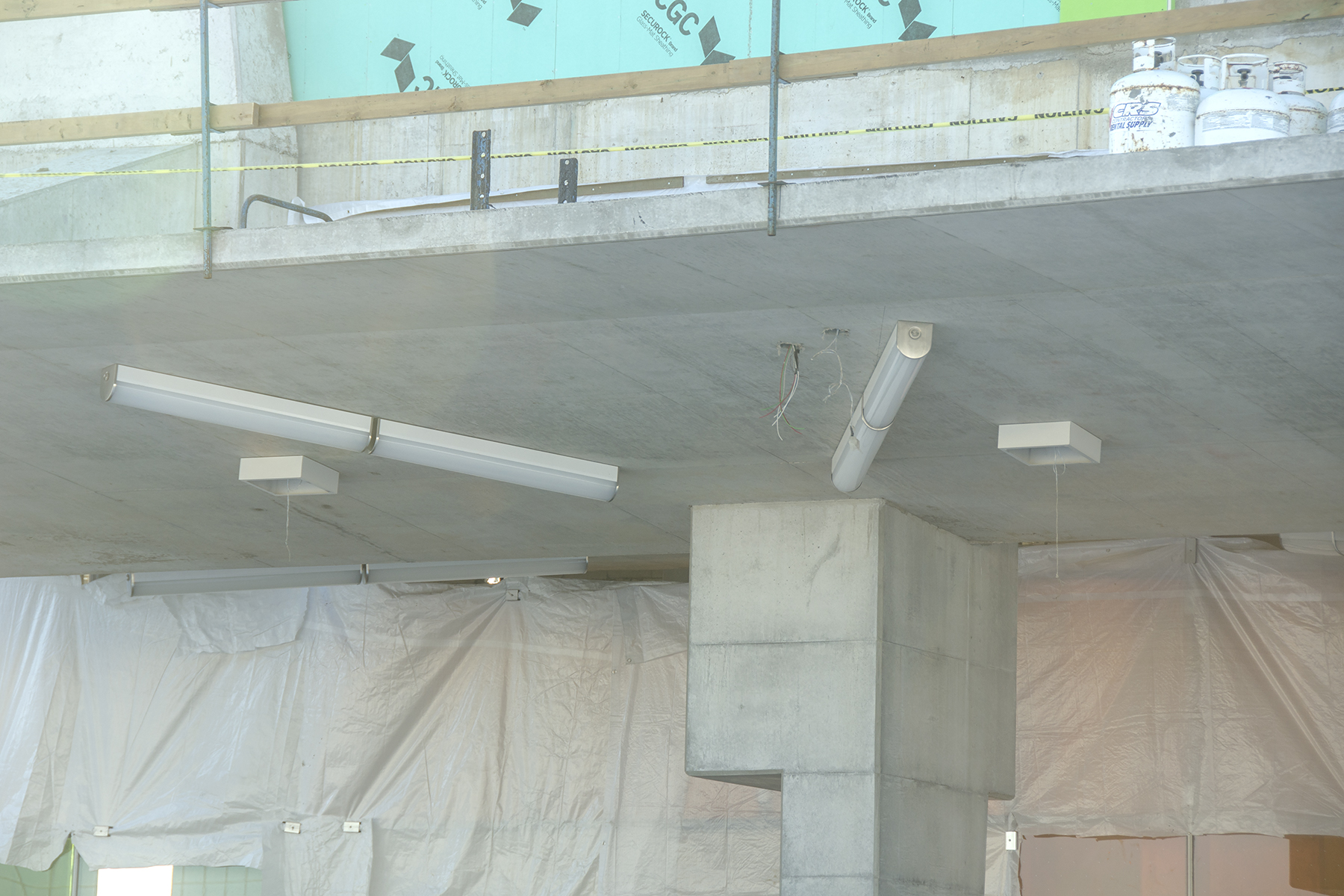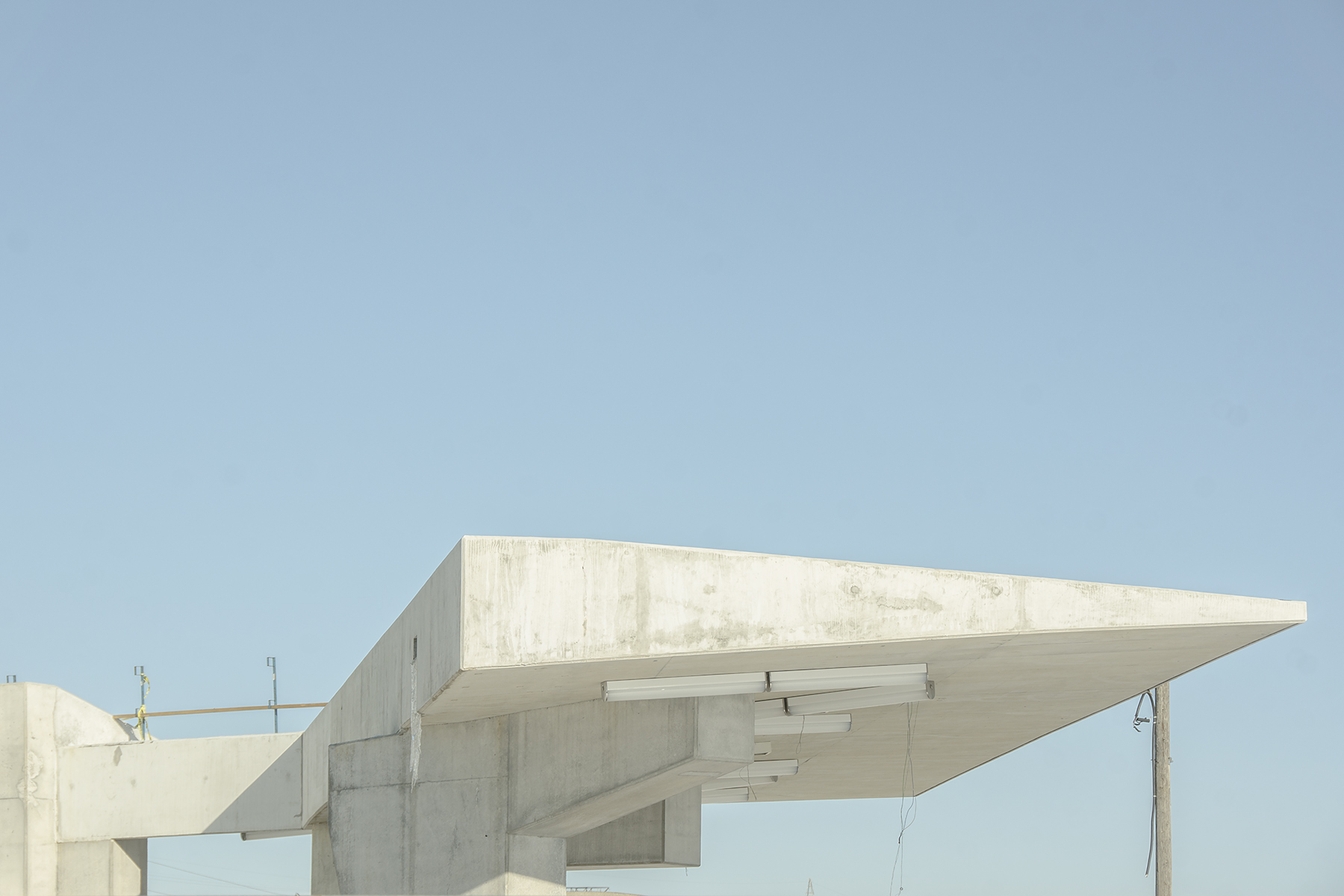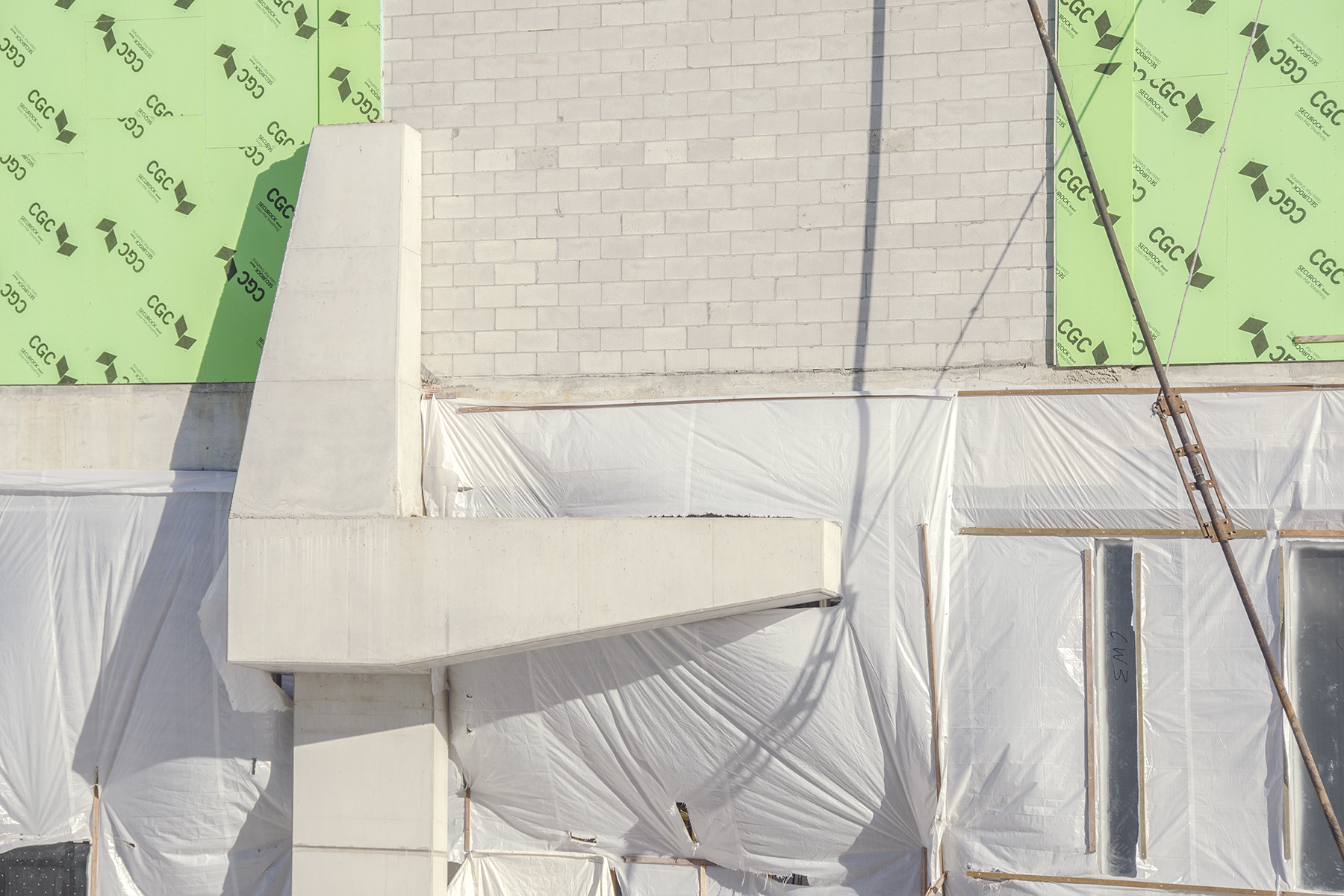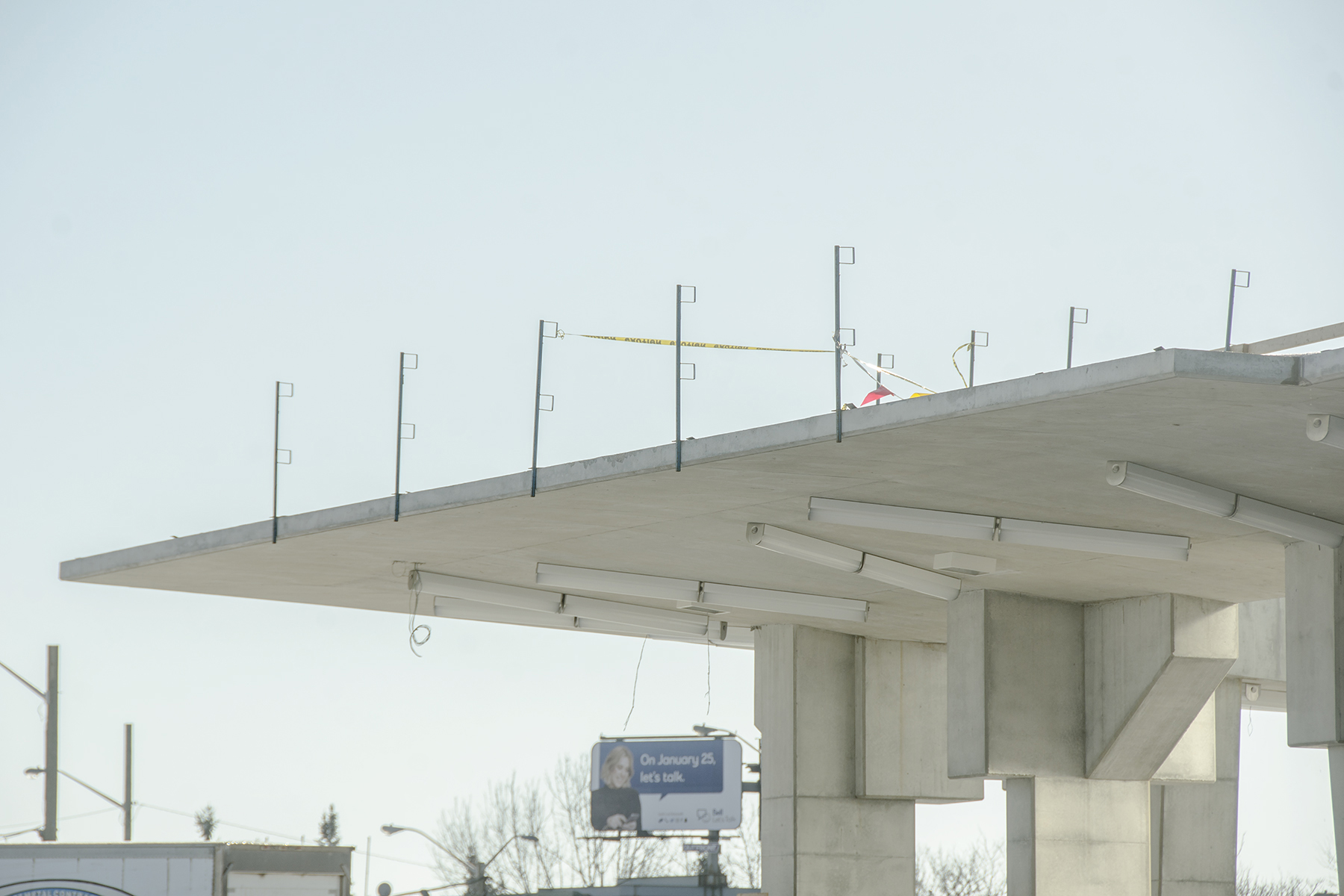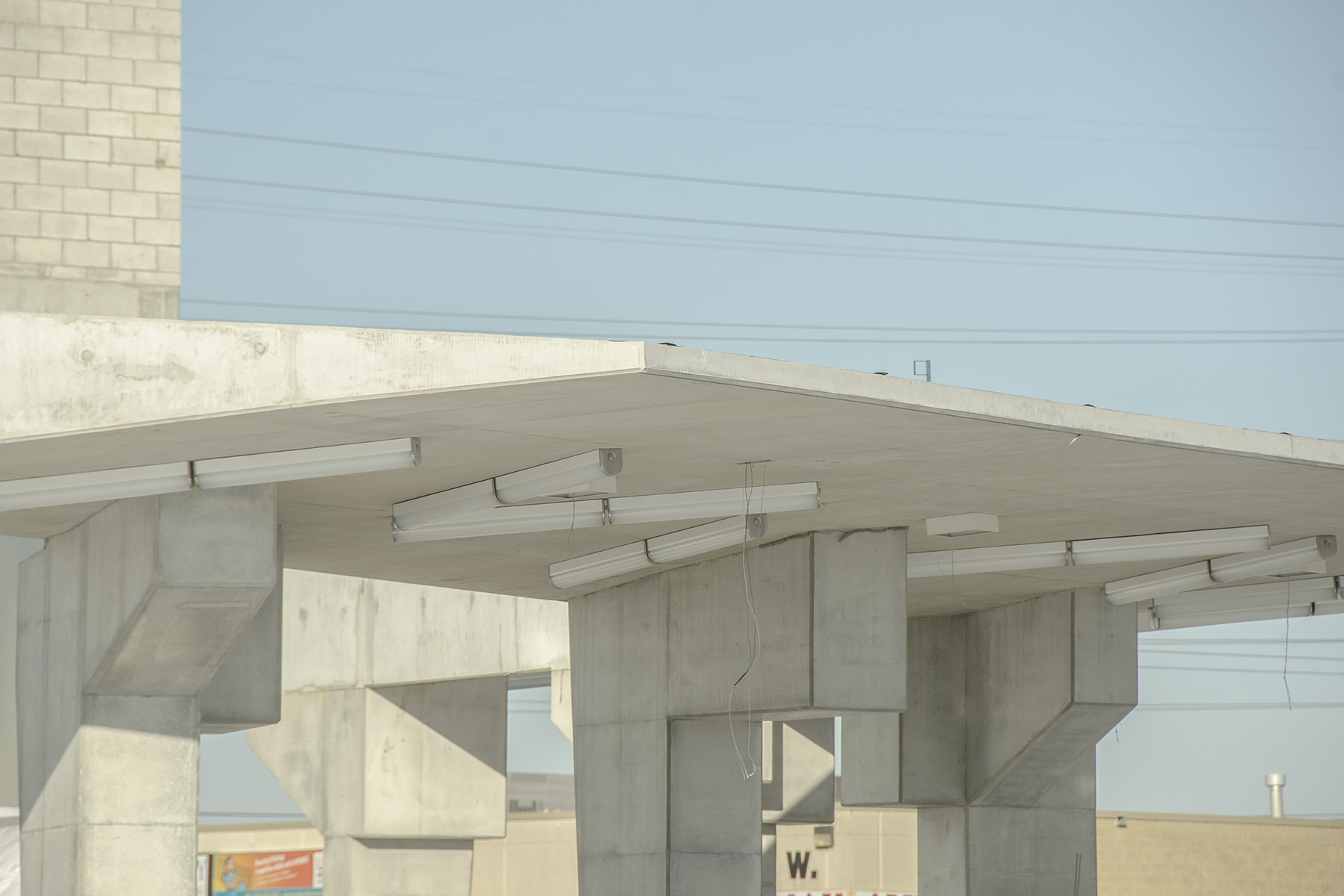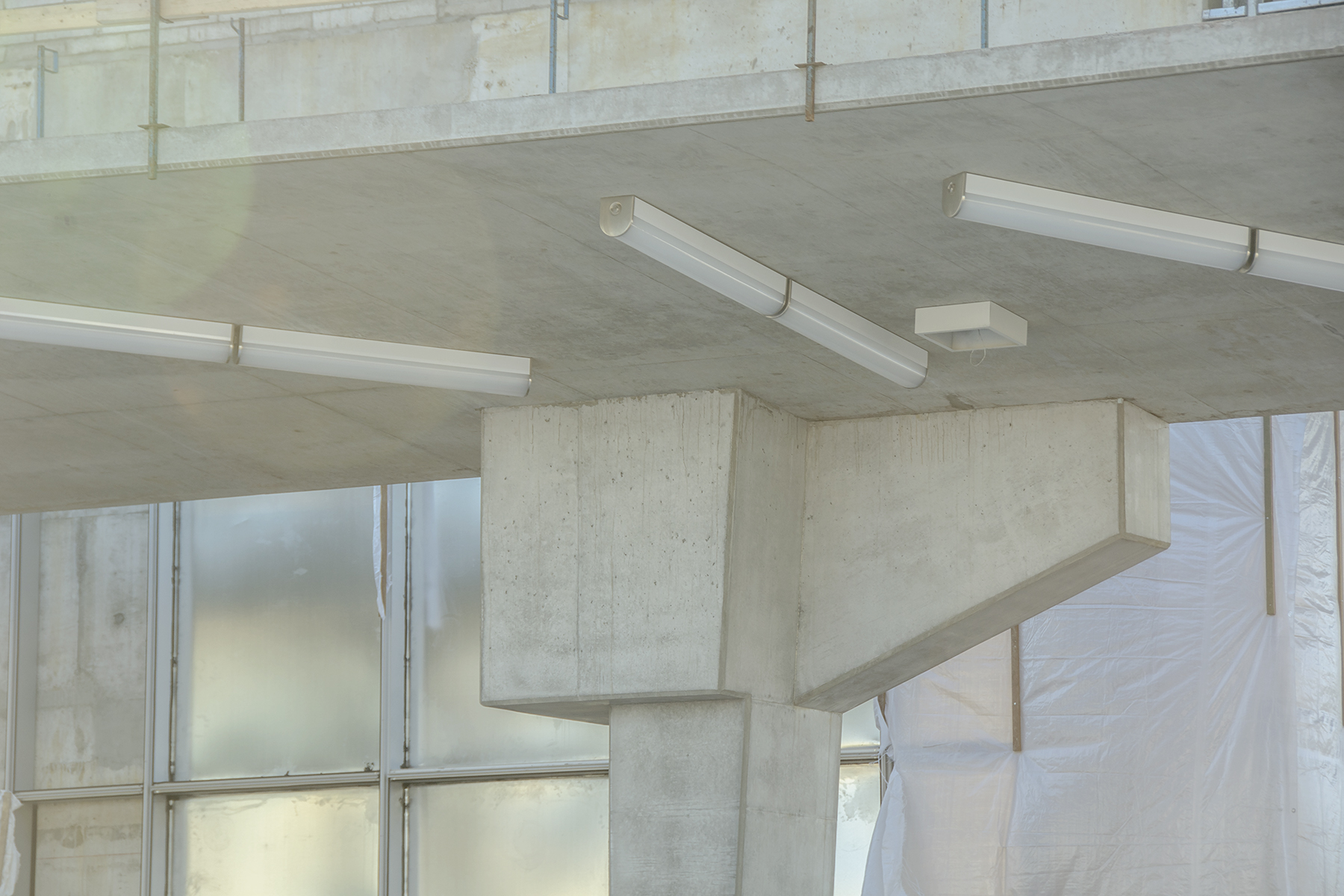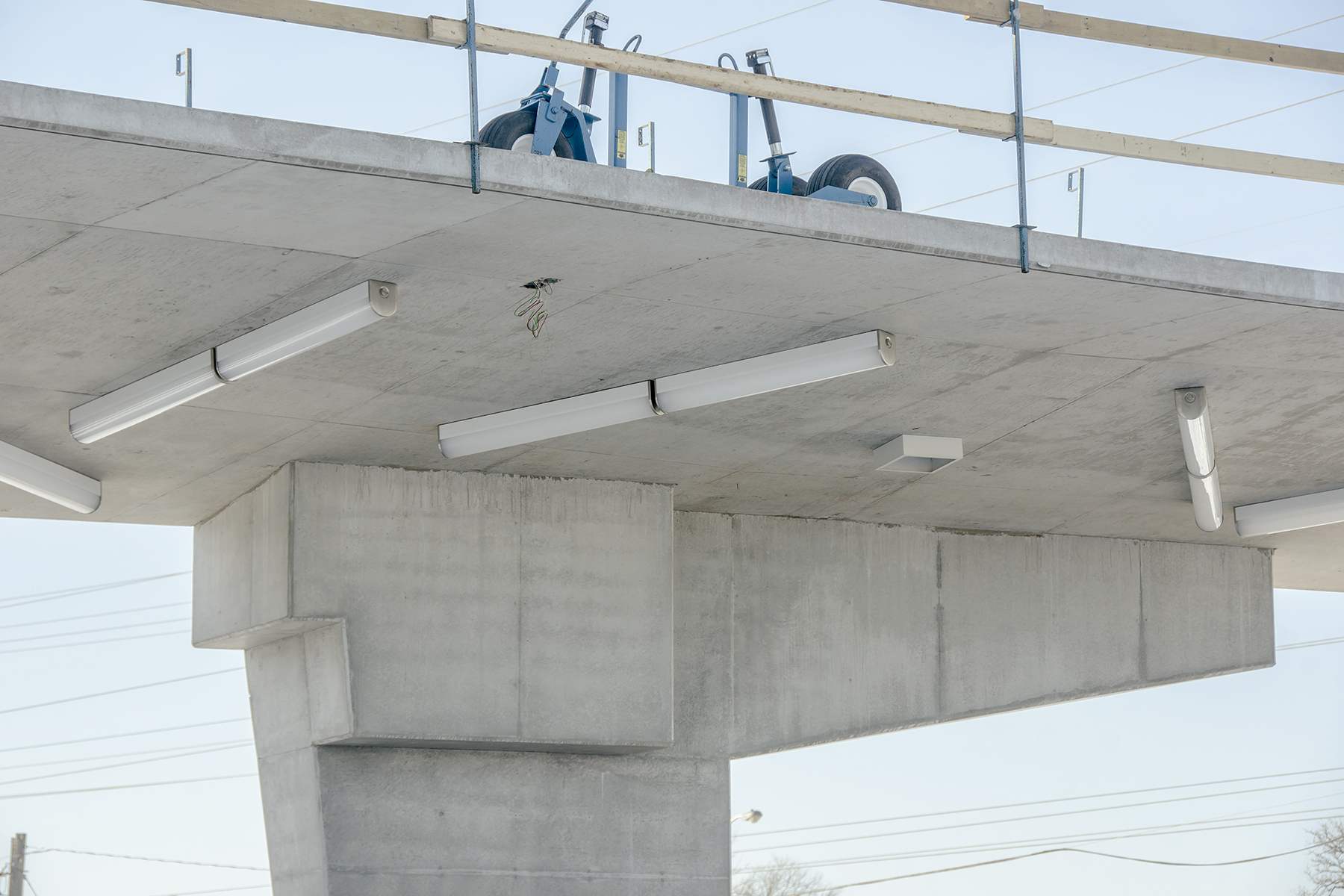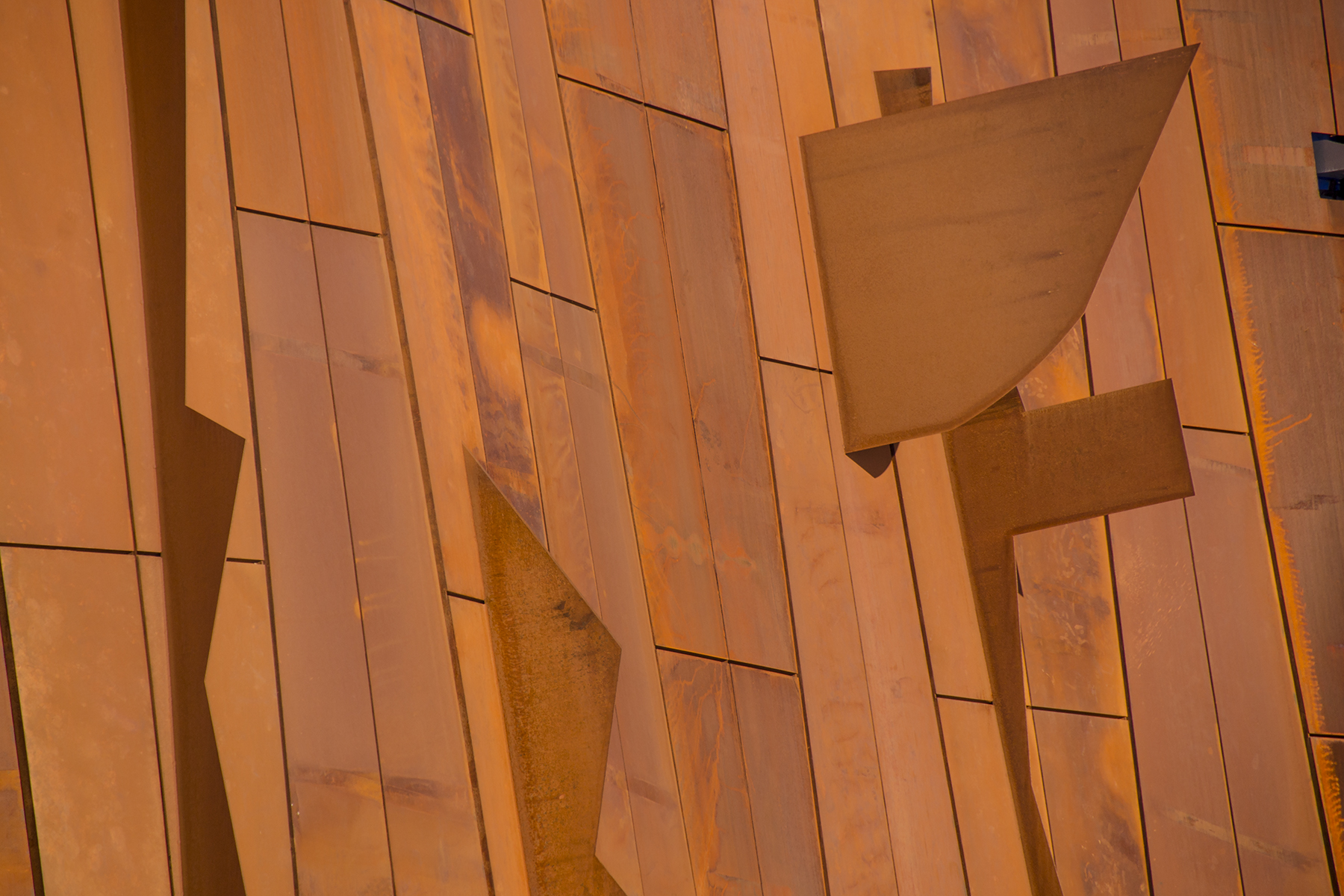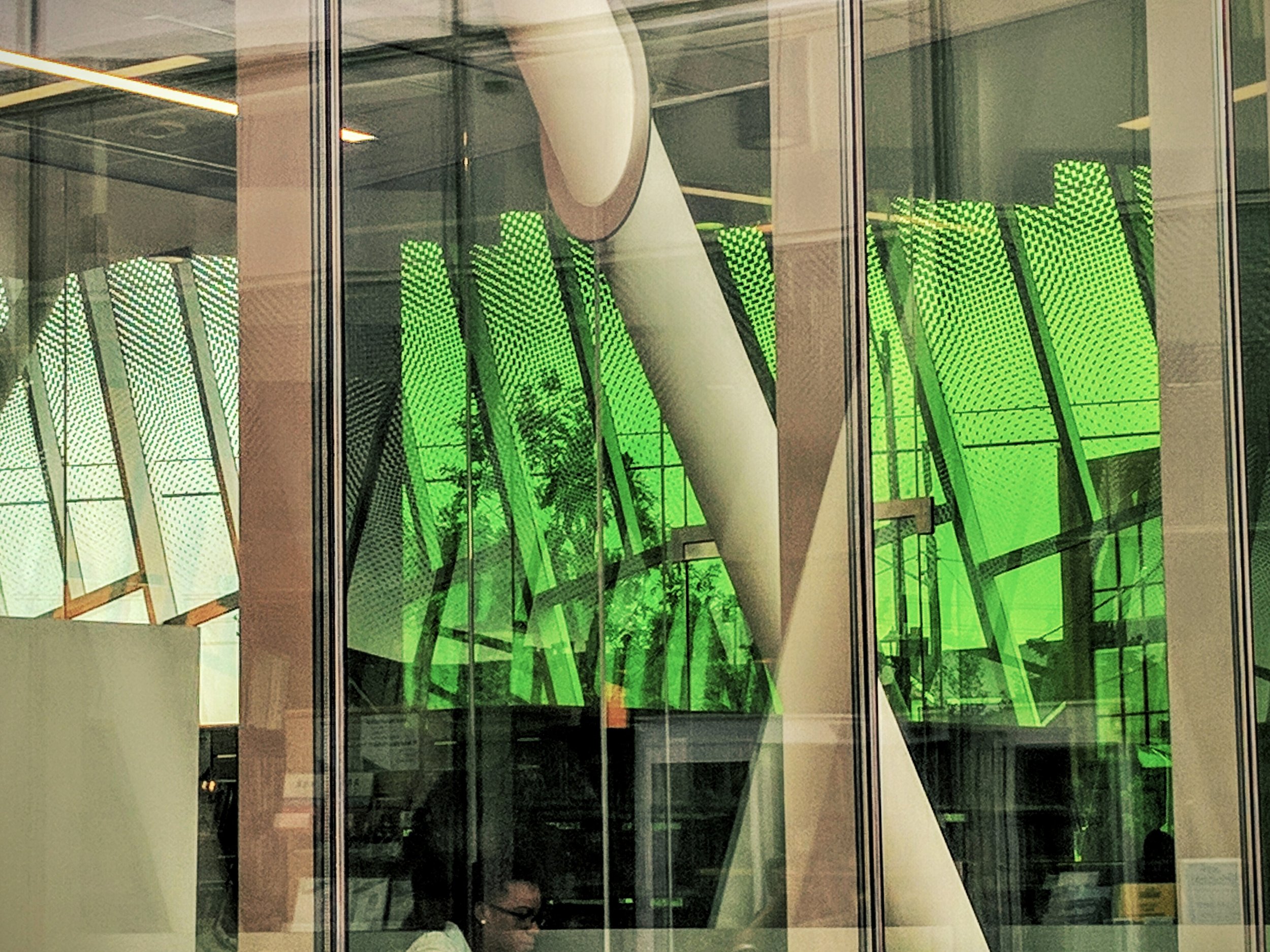DJA is an architectural practice with experience offering a broad set of services: from architectural design and planning, to exhibition and event space design, to collaborations with artists for public and gallery installations—the scope is wide and varied. Founded in 1999, our team has advanced projects through collaborations with local and international practices in architecture, engineering, graphic design and media arts. We welcome opportunities to play, to provoke, to invent and experiment.
On Design Assist
Ontario Association of Architects
DJA is An Ideas-driven Architecture Practice.
Value in Ideas
The value we give ideas resides in their ability to speak to our ambitions. The spaces we create, that we call our home, our work, our institutions, cities & landscapes – these are all a reflection of what we value. Architecture as such becomes this opportunity to declare, challenge and reflect upon our aspirations. If that opportunity is missed, then we limit what we can be. We also limit what can come next, leaving those who follow a context of buildings and spaces made shallow by their absence of thought. They fail to serve us.
To create this depth of experience then requires a thoughtful exploration of what is meaningful with its resolution as space and built form. It is careful not to confuse clarity for the simplistic, enjoying the complex relationships that make up architecture’s social contract. It is likewise careful to avoid narrow definitions of context based on historical precedent, and a conflation of expertise with convention. A false dichotomy between ‘architect as artist’ and ‘architect as pragmatist’ has been a reflexive characterization of what design offers. Rather, expertise in design is here understood to be a process of asking questions, enjoying the complexity of what emerges as a true condition of real relationships.
Often, the most interesting and important spatial challenges offer contrasting, multiple and equally valid solutions. Unlike those which reduce the elements at play to a set of compatible points, spaces reflective of real relationships cannot be reduced to a single simple solution. This is where architecture can find its richness – in the spectrum of possibilities opened by the process of asking good questions without the expectation of a dulled solution. Good questions inspire.
Big Pictures, Small Details
Finding the way spaces inform and are informed by behaviour requires an approach to making architecture that can embrace contradiction, the familiar and strange, the new and the necessary, and the dynamics of social engagement. This architecture extends thoughtfulness to an active involvement of its patrons. It is not satisfied with a passive presence in the everyday life of its context. It must demonstrate its value as Architecture as it stimulates. Architecture is at its core a play of effects: mass, degrees of transparency, structure, light, social constructions and so on, and these are the tools we use to articulate our ideas.
Thought and practice requires humility. As we test our ideas, we support a process that prioritizes opportunities for creativity and innovation. The results are often based on a multi-attribute assessment for usefulness and resonance foregrounding at least two positions: the Architecture’s place in its environment and its Client’s purpose. To realize this, innovation emerges from a cycle of modelling: gathering (bad) reactions to a current solution, analysing those responses, modelling a new alternative, and repeating the process. We want to explore the maximum number of variables, ideas, constraints and loopholes. In other words, we test our way to success through a process of imperfect models refined over time.
To expand this process of experimentation into a wide review of options means engaging both traditional consultants (structural, M&E, civil) and non-traditional consultants alike (mathematicians, writers, artists). Their role in asking good questions is essential in developing optimal, novel possibilities. The crystallization of ideas that eventually emerge from this large reservoir are pushed to their last possible moment, leaving the door open to discoveries that often come late in the process. Once these ideas are established, they serve as leverage which subsequent developments must reconcile. These ideas are a driver for the process that follows. In this way, the smallest details are empowered to support the big picture.
Depth Of Practice
Engagement with our environment: personal or professional, natural or manufactured, is a constant process of adjustment as it reflects both ourselves and our context. In a world of physical, economic and political constraints, effective optimization cannot occur without a clear understanding of what outcomes or objectives are most important to achieve. Finding a balance between optimization (doing things right), and prioritization (doing the right thing) becomes a vital step in these testing models. In complex environments with divergent solutions, prioritization offers the basis for optimization. Client objectives along with how contexts, programs, materials & assemblies with their associated effects are formulated around user experience, become the instruments for this process of asking questions and articulating ideas. This forms the basis of our conversation with Clients.
The value of engaging a creative thinker is in this potential. This goes beyond a service-based approach where success is understood as satisfying the Client objective in its most basic resolution: It is satisfactory, full stop. To actively engage possibilities means exploring what those possibilities can be – here is where something truly inspired can happen.
DJA has worked in a variety of relationships: directly with end-users, and collaboratively with other architects, artists, engineers and designers. We’re open to the opportunities that are out there.
Hello DJA!
DJA HQ
Publications, Exhibitions & Lectures
“Civic Centre Resource Library Wins the 2019 OLA New Library Building Award,” Ontario Library Association, 11 July 2019
“Global News tours Vaughan Public Libraries' Civic Centre Resource Library” Vaughan Public Libraries, 10 February 2017 (DJA design architect for ZAS Architects)
Bergeron Centre for Engineering Excellence, Lassonde School of Engineering at York University on ArchDaily (2015) (DJA design architect for ZAS Architects)
“Vaughan’s Civic Centre Resource Library - Building New Stories”, City Life, 04 August 2016
"Vaughan's new glass and metal marvel is not your grandmother's library" The Globe and Mail, 9 September 2016
"New Toronto library features a swooping roof and media suite" Curbed, 31 August 2016
“Vaughan’s newest library is nothing like the ones you grew up in.” CBC News, 22 October 2016
Vaughan Civic Centre Resource Library on ArchDaily, 24 August 2016; The Architects Newspaper, 26 August 2016; Dezeen, 29 August 2016; BlogTO, 31 August 2016; Canadian Architect, 27 October 2016; The Globe and Mail,12 November 2016; and, Divisare (DJA design architect for ZAS Architects)
"Another Brick in the Vault: The Lost National Art Schools of Cuba" Uncubed Magazine, 20 July 2015
The Dietrich Group, set designer. Harbourfront Centre Worldstage "This Is A Costume Drama" 29 April - 2 May 2015
John A. Loomis. Una Revolución de Formas. Las Olvidadas Escuelas de Arte de Cuba. DPR-Barcelona, May 2015 (ISBN: 978-84-942414-4-4)
“X-Light” for Light It Up at Cooper Cole Gallery, Toronto ON 23–26 January 2014
Photography Served, Miralles & Pinós Archery Range and Langdon, David. "AD Classics: Olympic Archery Range / Enric Miralles & Carme Pinos" 21 Aug 2014, ArchDaily.
"Dark Matter Mobile," Best Bets for Toronto Design Week, Azure Magazine (Nina Boccia), 21 January 2013.
“Dark Matter Mobile” for Shiny Pretty Things at Cooper Cole Gallery, Toronto ON January 2013
“Napoleon Light” for Associates at Cooper Cole Gallery, Toronto ON Jan 2012
Revolution of Forms, Author's Blog John Loomis, October 2012
PechaKucha Night Toronto, Vol. 13 – Global Cities Week 2012
"The story of La Ocho", Dandyhorse (Colleen Kirley), 28 September 2011.
"Don't Miss..." Now Magazine, Life & Style > Design. 20-27 January 2010, Vol. 29, No. 21
La Ocho Velo-track, Courier World Messenger Championship 2010, at The Red Bull 381 Projects Gallery, Toronto 2010
Wallpaper* Magazine, Architects Directory 2010: Dieter Janssen
Courier Messenger World Championship, Panajachel Guatemala - 3-13 September 2010
Boneshaker Magazine #5, "Expectations - the story of La Ocho, a revolutionary figure-of-eight velodrome." p40-43, 2010
“Heavy/Light” Heavy Metal, Paul Petro Special Events Space, Winter 2010. Featured in Contemporist, designboom, archithings,
Radiant Dark. MADE Toronto ON, Spring 2008 & 2009.
“Wash Me” TLR Club show at Contact Toronto Photography Festival, Supermarket. 9 May – 1 June 2006. Published in File Magazine, 2009
“Radiant Dark: Part 2”, MOCOLOCO, 3 March 2008.
“Flight Jam #1” and “Las Vegas Poles #1”. File Magazine Summer 2008.
“The City – A photographic journey into the soul of Toronto.” TLR Photography exhibit, Hart House Gallery, University of Toronto. 27 February – 30 March 2007.
talk20™ Toronto. The Drake Hotel. 1 November 2007.
Iceland House. ‘Buildings That Spin’ exhibition at the P|M Gallery, Toronto ON, 3–25 August 2006.
‘Gallery Going—Review 11,’ The Globe and Mail, 5 Aug 2006 (Gary Michael Dault)
‘At the Galleries,’ The Toronto Star, 12 Aug 2006 (Peter Goddard)
Art Reviews: Playing Architect, NOW Magazine (David Jager), 10-17 August 2006, Vol. 25 No. 50
CASA-ACEA Lecture Series – Ryerson University. 16 November 2006.
French River photography. French River Visitor Centre, Alban, Ontario. May 2005
Barnes Loft: Case da Abitare, June 2005
“Split-Flap Smoke” Rhizome at the New Museum 2005 (Published 2008)
“Yum!” with Alex Schweder. New York/Seattle: Behaviour Press, 2004. Microencapsulation ink wallpaper exhibition. Exhibited at Howard House Gallery, Seattle WA, Parsons School of Design; Henry Urbach Architecture, New York NY; Art Metropole, Toronto Canada. Yum! also appears in Transmaterial, by Blaine Brownell and Princeton Architectural Press, 2005 and Parson’s design journal: Scapes.
Alex Schweder’s Peeple: A Three Part Installation—The Joneses, Betrothed & Stars and Stripes. New York/Seattle: Behaviour Press, 2002. (Inducted into the permanent collection of The Museum of Modern Art.) Exhibited at Esther Claypool Gallery, Seattle WA; Printed Matter, New York.
“Soundings” Span 2 University of Toronto, School of Architecture, 1995.

